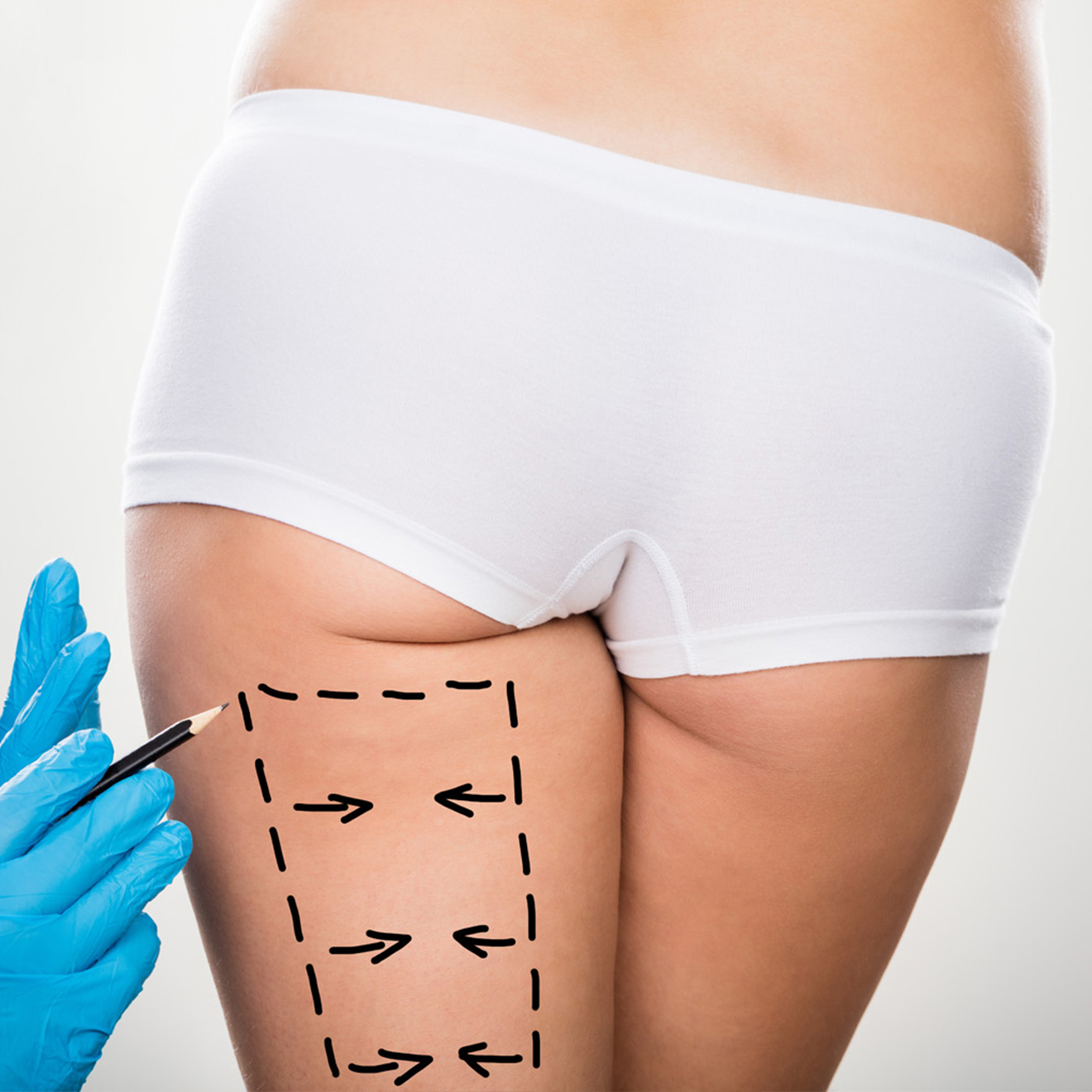Thigh Stretching
What Is Thigh Stretching? How Is It Operated?
Wavering, sagging, deformation may occur in time in inner part of legs. Constantly changing weight, irregular and ineffective sportive activities, pregnancy and aging may be the affecting factor. Tendons may be torn and leave marks. Especially in summer season, sagging skin may cause intertrigo or fungal.

Especially during the summer months, sagging skin can rub and lead to chafing, and, if persistent, may cause fungal infections. This issue can be effectively addressed with a thigh lift surgery.
How is Thigh Stretching Surgery Operated?
It requires a pre-surgical preparatory period like every other surgery. Patient should stop blood thinning medications according to doctor’s recommendation. Smoking should be quitted. This esthetic surgery takes between 2,5 and 3 hours. Under the effect of general anesthesia, detailed inspection is made, technique, materials and esthetic angles are set. Operation begins with incisions from upper leg area, below hipbone and inner part of genital area. Incisions may go longer if deemed necessary. Fats and derivates that cause sagging are removed from the area. Surgery ends after medical stitches are done.
What Should Be Done After Thigh Stretching Surgery?
Post-surgical care begins right after surgery. It lasts during and after hospital stay. It is highly critical to follow doctor’s recommendations once you leave the hospital. Medications should be taken as advised, possible complications should be followed, and recurring appointments should be corresponded. Resting helps the success of operation. Heavy duties and tiring activities should be left for a while.
As it is valid for every surgery, hygiene and following advices are important factors in thigh stretching surgeries. Otherwise the healing stage will get longer, and inflammations may occur on incisions. Incision marks will be gone after surgery.
Thigh stretching surgery is a permanent solution to extra fats, sagging and deformations on the upper leg.

